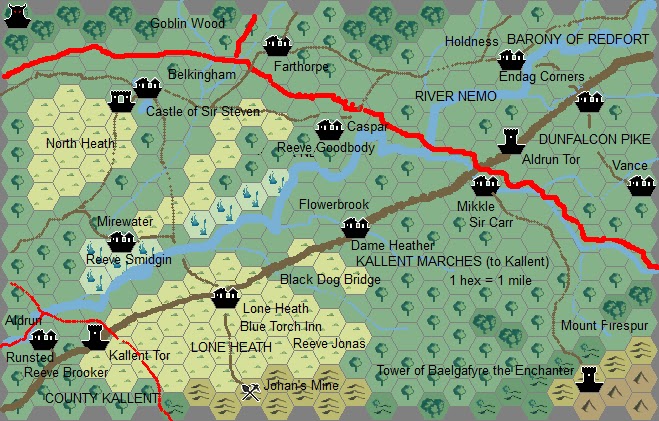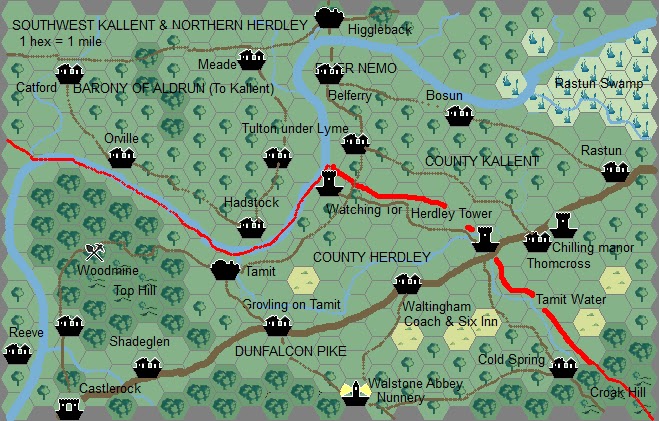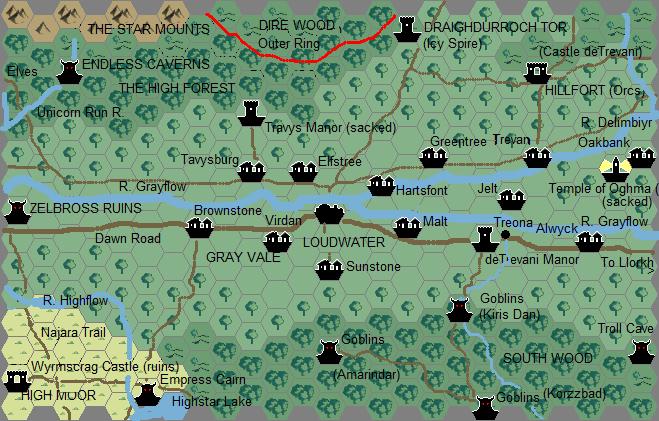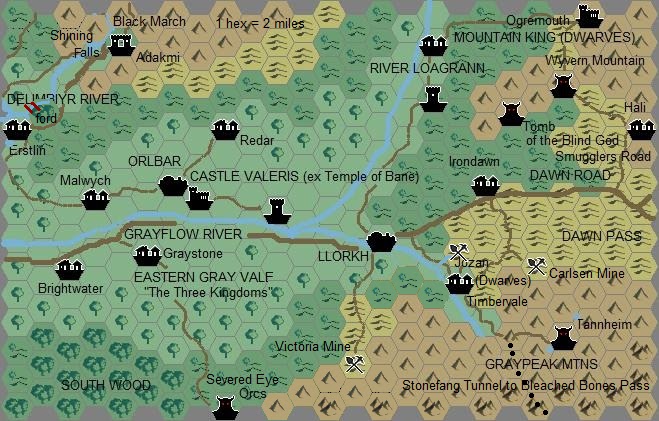CarlZog
Explorer
In this week's edition of What If, xkcd looks at what our world would be like if the layout of the continents were 90° off of what they are now. Largely, this is an exercise in applying basic climatology -- albeit with a lot of supposition because of the inherent complexity of it all.
Similar analysis could be applied to any game world design, yet I rarely see games that address weather patterns like this or assess the ecological distributions of their worlds with regard to climate and physics. The best you usually get is "it's cold in the north and south, and warm in the middle"
I suppose you could argue that these principles may not apply in some fantasy world, but for me the logical depth that comes from doing something like this would contribute to making a setting a lot more immersive.
Does this matter to your worlds or campaigns? How have you applied this to your world-building?
Similar analysis could be applied to any game world design, yet I rarely see games that address weather patterns like this or assess the ecological distributions of their worlds with regard to climate and physics. The best you usually get is "it's cold in the north and south, and warm in the middle"
I suppose you could argue that these principles may not apply in some fantasy world, but for me the logical depth that comes from doing something like this would contribute to making a setting a lot more immersive.
Does this matter to your worlds or campaigns? How have you applied this to your world-building?





